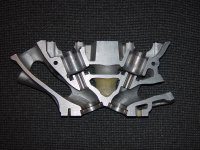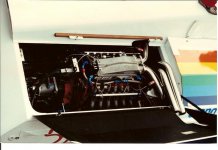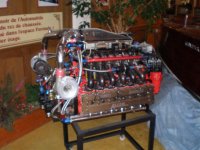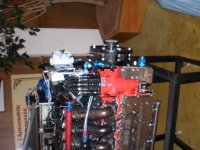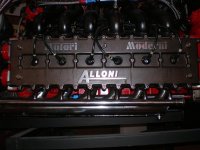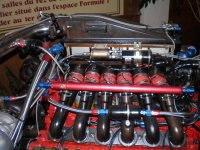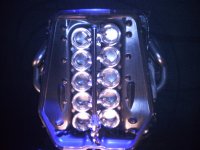wannabe
New member
Cspray- You obviously know a lot about the engines of that era. The Chevy/Ilmor engine that won the 1986 Indy 500, I know that Ilmor kept very tight track on the motors because they did not want GM getting their hands on one. I think this is why GM turned to Lotus to design the ZR1 motor with the DOHC and reverse cooling flow. They got Mercury to build the motors in Stillwater being low production. GM didn't have anywhere they could do it then. I remember watching a dyno run at my buddy's shop in Troy and spinning the engine to 7200 rpm. Chevy wanted 500 HP from the motor. The first twin turbo V8's my buddy built were the test mules. The Doug Nash 4+3 trannys broke with that power. GM gave the twin turbo contract to Callaway who could not keep the first batch from breaking. Basic stuff he missed.
Wannabe
Wannabe

